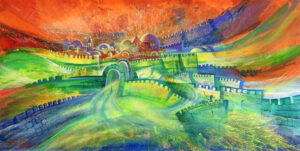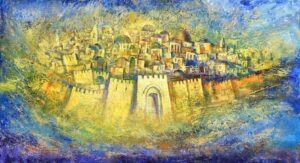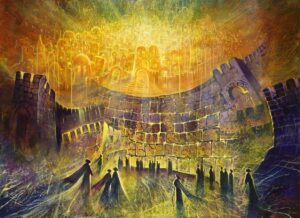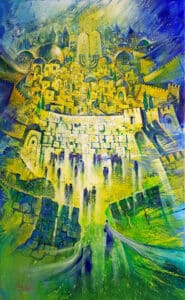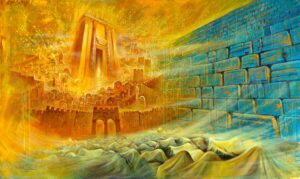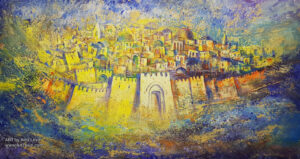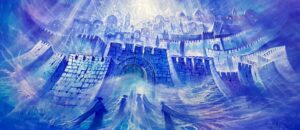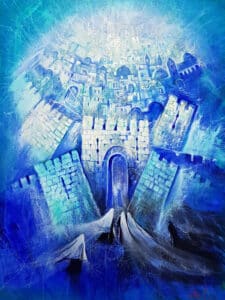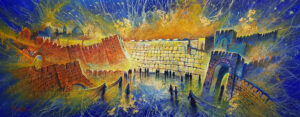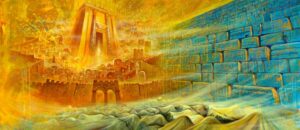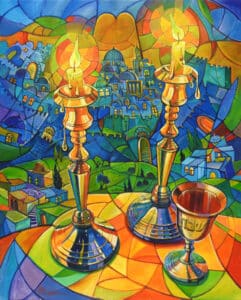
The main difference between abstract Jerusalem paintings and traditional Jerusalem art is in the style and approach of the artwork.
Traditional Jerusalem art is characterized by its realistic and detailed depictions of the city, its landmarks, and its people. These paintings often focus on capturing the physical beauty and historic significance of the city, and they are typically created using traditional techniques such as oil painting, watercolor, and fresco. They usually depict the city in a realistic and representational manner, using recognizable forms and shapes.
On the other hand, abstract Jerusalem paintings tend to be more non-representational, meaning that they do not depict the city or its landmarks in a realistic manner. Instead, these paintings focus on expressing emotions, ideas, or concepts associated with the city through the use of color, shape, and texture. These paintings are often created using modern techniques such as oil painting, collage, and mixed media, and they tend to be more experimental, using abstraction and non-representational forms.
In summary, traditional Jerusalem art focuses on the realistic representation of the city, while abstract Jerusalem paintings focus on expressing emotions, ideas, or concepts associated with the city through abstraction and non-representational forms.


